Honey bees are model workers and important pollinators, but are they invasive? Should we be trying to save them or should we be forcing their eviction?
 As beekeepers, we get asked a zillion questions about bees. Over the years, the most common questions have centered on how to “save the bees.” Just recently, that tone has started to shift. Now people are asking questions like these:
As beekeepers, we get asked a zillion questions about bees. Over the years, the most common questions have centered on how to “save the bees.” Just recently, that tone has started to shift. Now people are asking questions like these:
What would happen if the bees disappeared AND whether we should save them at all.
Let’s dive into both issues.
What would really happen if the bees disappeared
First, let’s be clear – there are over 20,000 species of “bees.” Bumble bees, mason bees, carpenter bees, leaf cutter bees…..and of course honey bees. If ALL the BEES disappeared, then there would be big trouble. If just the honey bees disappeared, less trouble, but it would still be bleak.
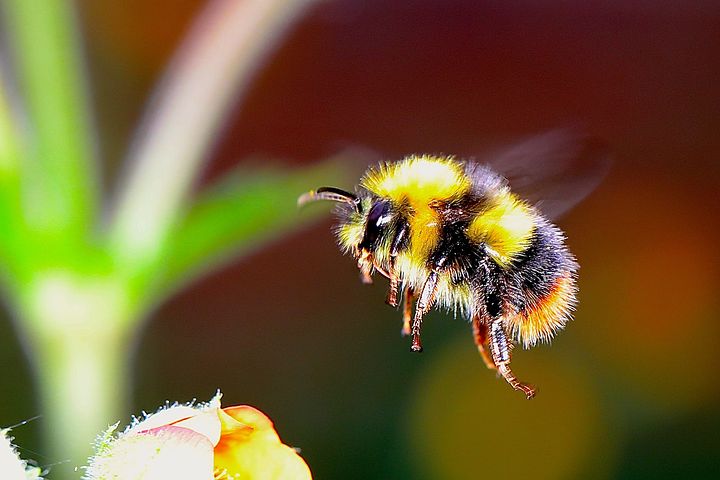
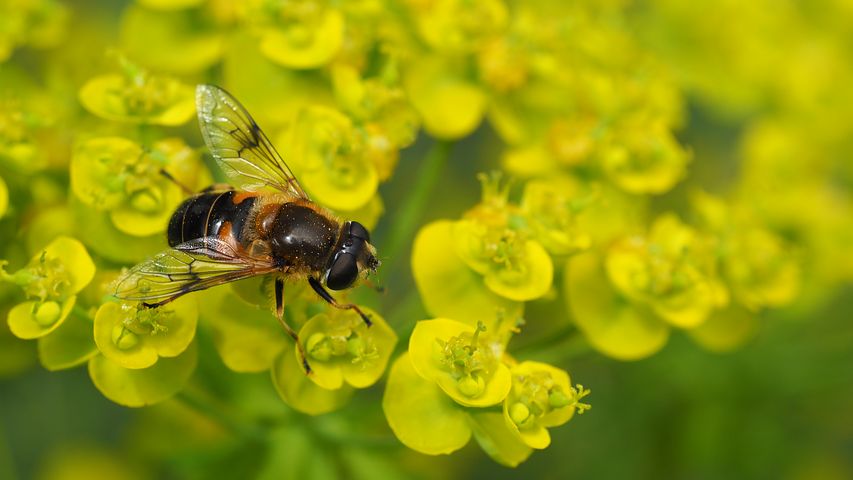



Remember, we are beekeepers. We love honey bees. We also love native bees. They are all fantastic pollinators. Moths, wasps, birds, beetles, the wind, and other animals also act as pollinators. There are some species of plants that require bees. Some even require specific bees. Without those bees, the plants would be unable to reproduce and would go extinct. These include popular trees, ornamental plants, and food crops.
Most of the plants eaten by humans are pollinated by insects, but the majority of our calories come from just a few plant species – wheat, corn, rice, soybeans. These are wind or self pollinated and do not require insects. So if bees disappeared, we would not “starve to death.” Our plates would be pretty bare though; with a diet deficient in many vitamins, minerals, and of course colors and flavors.
Life would be boring without berries, fruit, nuts and most vegetables. Those that can be pollinated by flies or moths might still produce some fruit, but not enough to sustain all of humanity.
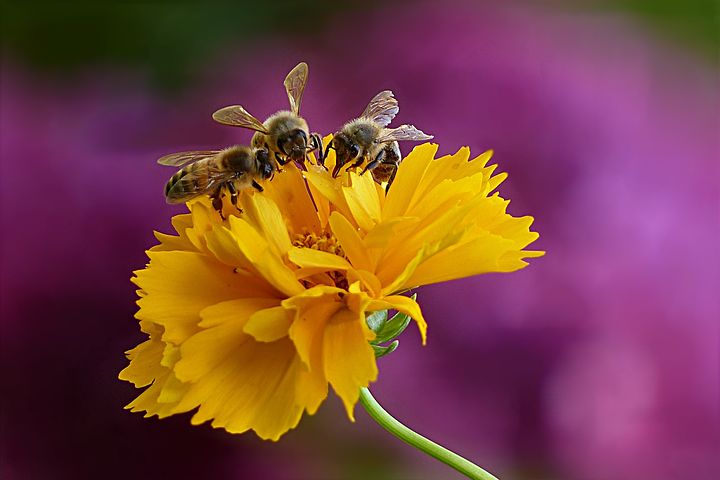
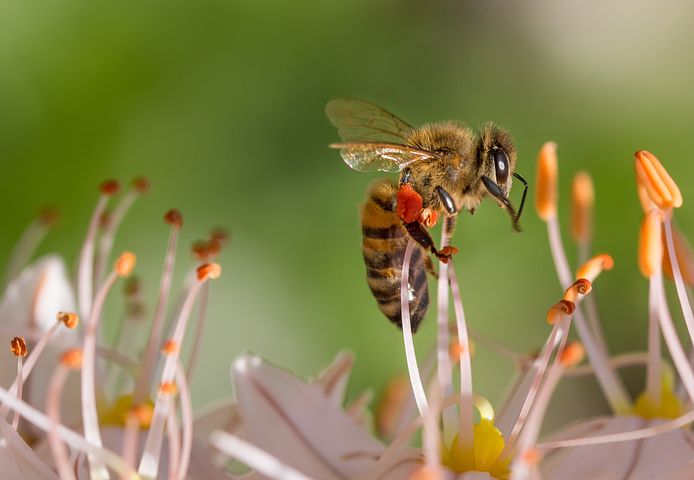
Native bees could sustain a sizable amount of the fruit and vegetable harvests, but not in the quantities we are used to: they would not be able to handle the volumes in large nut farms or commercial orchards. Like it or not, commercial farms feed the world. They need honey bees. We all need honey bees AND native bees.
So, YES, we need to worry about bee health. Bees, worldwide, are in trouble. Why? Pesticides, poor habitat, lack of quality forage, diseases, and more. What can you do to help? Check out our 3 step guide for the non-beekeeper.
Personally, we are actively working to improve bee health in our corner of the world. We planted 12 acres of native prairie in 2016 and lost count after planting 200 trees and shrubs. We use no pesticides or herbicides and will continue to plant trees and flowers as long as we are breathing. We are also doing active research on improving honey bee health. Check out our blog to keep up with our activities.
Are honey bees invasive?
This argument is mostly discussed in the United States. There are many species of honey bees. Apis Mellifera is the bee kept by beekeepers in the United States and most of Europe. It originated in Europe (though a recent archaeological dig may have found apis species that pre-date European colonization of the Americas.) Based on the current information, honey bees are a “non-native” species. They can, and do, escape cultivation and can live in the wild.
In order to be considered “invasive” they would need to displace and prevent native insects from thriving.
This is hotly debated. Most researchers have found that pollination by bees of different species increases fruit set, the number of seeds, and subsequent flowers – thereby increasing forage for all insects. They do not fight with each other and rarely share diseases.
Since adequate forage for all bees is on the decline, could honey bees be taking all the nectar and pollen – leaving nothing for native bees? It’s possible but not likely. Honey bees are most often kept in large commercial groups – moved between big orchards for pollination. Hobby beekeepers are fairly spread out. Native bees stay in their own habitat. They do overlap, but not everywhere.
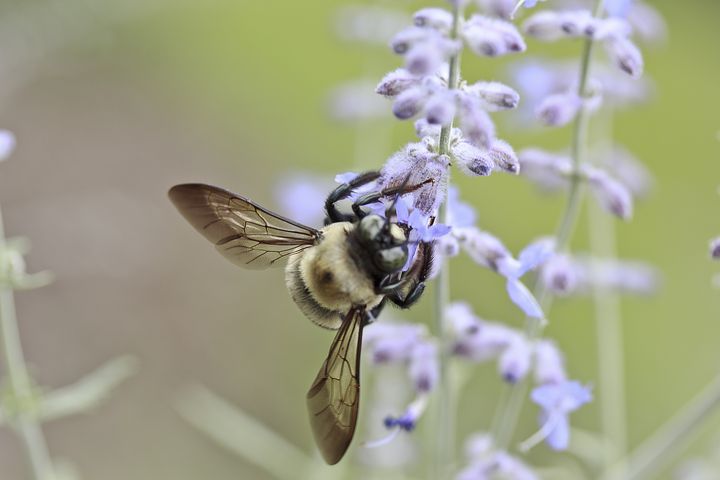 What is really hurting natives is the decrease in available wild forage, the use of pesticides/herbicides, and the fact that people have figured out how to “keep” bumblebees. Whenever animals start being “kept” their population densities increase, their disease levels spike, and things can go awry.
What is really hurting natives is the decrease in available wild forage, the use of pesticides/herbicides, and the fact that people have figured out how to “keep” bumblebees. Whenever animals start being “kept” their population densities increase, their disease levels spike, and things can go awry.
We wrote a more in depth review on the role of invasive plants/animals on our blog and welcome a discussion on that article.

Long story short – honey bees are not native, but they are not invasive. Perhaps a better term is – imported. They are important for the food/medicine crops they create (honey, beeswax, propolis) and for the plants they pollinate. Without honey bees, our food supply would be greatly reduced and limited. Without all bees, we would have a very bleak future. So please continue to support bees! They need our help and we need theirs.
Plant flowering trees, shrubs, vegetables, and perennials. Limit your use of pesticides and herbicides. It’s good for your health, it’s good for the bees, it’s good for the world.
The links in this post may be affiliate links. Read the full disclosure.